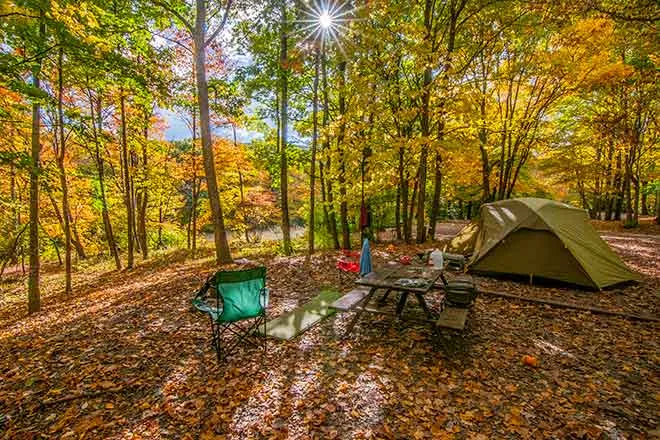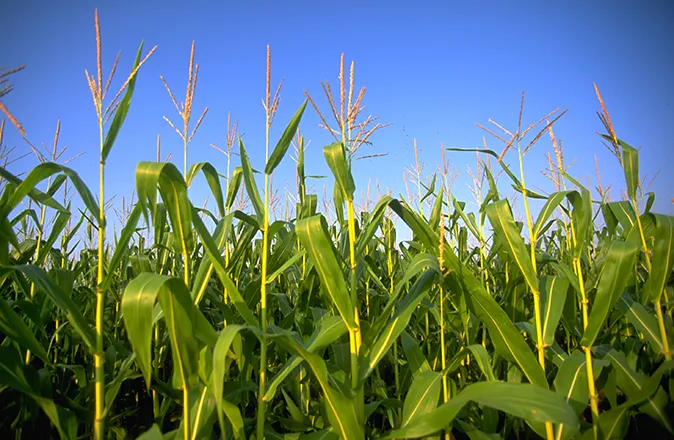
EarthTalk – Is there a way to counter topsoil erosion plaguing farmers?
© iStock
Dear EarthTalk:
Is there any way to counter the epidemic of topsoil erosion that is plaguing farmers here in the U.S. and around the world?
Mary. R., Sarasota, FL
Topsoil holds a balance of organic matter, air, water and minerals and as such is the layer that facilitates life in the soil. Researchers think we have already lost upwards of a third of the topsoil that once blanketed the fertile American Midwest, and that we are losing exponentially more of it all the time.
Erosion is the vehicle for topsoil loss. The intensive practices of tilling, overgrazing, deforestation, leaving land barren during the off season and monocultural crop development all weaken the soil, making it more vulnerable to erosion.
The sediment from the soil lost flows downslope into waterways and as such is an environmental and public health nuisance. Farmers must then use increasing amounts of synthetic additives to make up for the lower nutrient content of their degraded soils. Without the topsoil layer, more water and more inputs are needed to grow crops.
The solutions to binding topsoil and replenishing what has been lost are straightforward but time intensive, as building a small amount of soil can take decades. However, more carbon is stored in the soil than all Earth plants and atmosphere combined; it’s just a matter of letting resilient ecosystems recover.
Cover crops, such as biennial and perennial legumes, cereals, and forage, are inexpensive, supply soil with much needed nitrogen and bind the soil during the offseason. Giving productive land a rest period can help with topsoil loss. Rotational grazing provides time for the pasture to regenerate. Adding organic matter before and during the growing season gives the microorganisms in the soil fuel and nutrients. Planting native prairie, which are perennial plants, builds deep reaching, soil building roots.
If a farm is transitioning its practices to build soil, it takes time, which can be difficult in an industry dependent on production. Carbon building incentives are growing, in both the government and private sectors. Some farms are being creative with their resources, such as planning riparian buffer zones near waterways to hold soil and filter pollutants before they flow into the water. Farmers that are concerned about water usage in drier climates may find the slow work of soil building rewarding in the knowledge that every one percent increase in carbon means 40,000 gallons of water retained on an acre of land. Healthier soil means less water and less fertilizer needed.
The need for transition from monoculture to more perennial crops is essential for the future of food. Annual crops produce one harvest, while perennials provide a harvest year after year. Much like soil building, a perennial harvest can take time. But the long root systems build soil, require less input and water and are more resilient once they reach maturity. Indeed, agricultural researchers are hard at work hybridizing certain perennial crops to give farmers alternatives to planting wheat, corn and other monocultural annuals that degrade instead of building back our precious and fast-fading reserve of topsoil.
CONTACTS
- NRDC’S Soil Erosion 101, nrdc.org/stories/soil-erosion-101
- URI Reduce Soil Erosion, web.uri.edu/safewater/protecting-water-quality-at-home/sustainable-landscaping/reduce-soil-erosion/.















